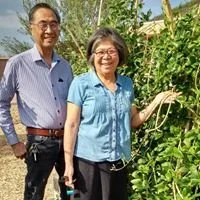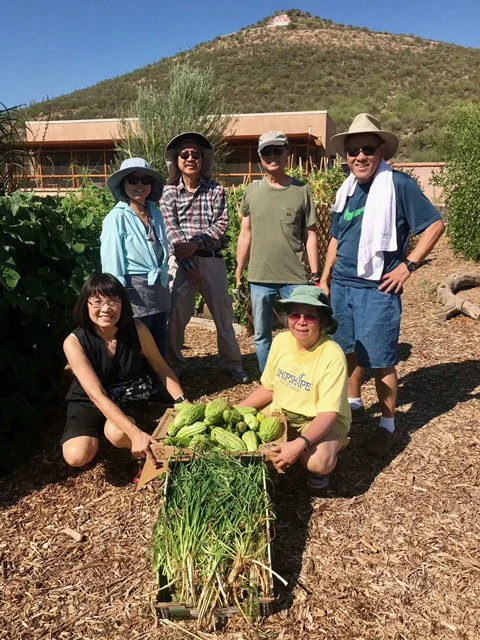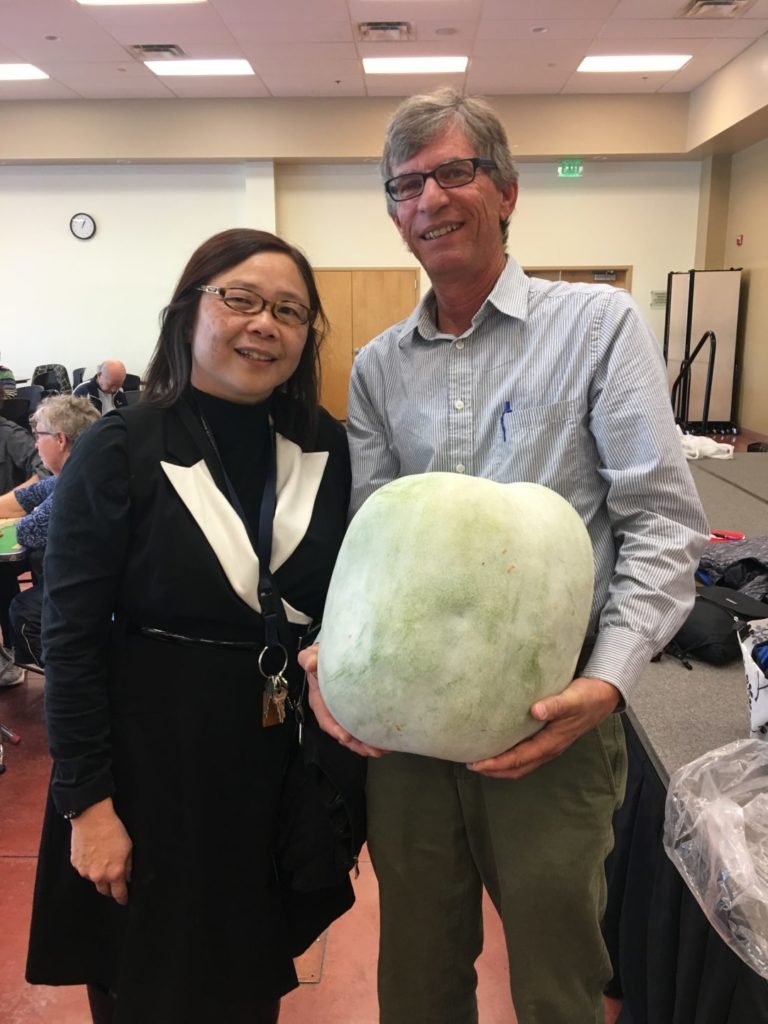Chinese Gardening at Mission Garden
We are proud partners with Mission Garden.
Visit the gardens:
946 W Mission Lane, Tucson, AZ 85745
520-955-5200
Missiongarden.tucson@gmail.com
Mission Garden is a living museum of Sonoran Desert-adapted heritage fruit trees, traditional local heirloom crops and edible native plants. We are a non-profit volunteer-based educational organization. Our primary mission is to preserve, transmit and revive the region’s rich agricultural heritage by growing a series of garden plots that are representative of the more than 4,000 years of continuous cultivation in the Tucson Basin. Friends of Tucson’s Birthplace is dedicated to the development of Mission Garden as the first component of the Tucson Origins Heritage Park (TOHP), with the ultimate goal of reconstructing the Mission San Agustín complex, Leopoldo Carrillo House, and S-cuk Son native village.
Within the garden there are plots representing many of the time periods and ethnic groups that have gardened on the Santa Cruz River floodplain over the last 4,000 years. Among these groups are Chinese farmers.
Chinese Garden
Farming (1870 – 1930)
Between 1870 and 1930 Chinese farmers, mainly immigrants from rural communities of Taishan, in Southern China, grew crops in the vicinity of Mission Garden. In 1885 Chinese farmers occupied small plots along the Santa Cruz River totaling 150 acres. Leopoldo Carrillo and other landowners rented plots to the Chinese gardeners. They also collected a percentage of their profits from ‘truck farming’, transporting their fresh produce to town in horse-drawn wagons and peddling it door-to-door.
To sell to the increasingly urbanized population of Tucson, they grew fruit trees, such as jujubes, mulberries, apples and peaches. They also grew strawberries, corn, potatoes, tomatoes, sweet potatoes, onions, chilies, carrots, zucchini, squash, watermelons, lettuce, wheat, spinach, turnips.
Backyard gardens through 1970s
Many Chinese-owned and operated grocery stores were located on the west side of town in mainly Hispanic neighborhoods. Usually living in the back of their shops, they grew lush gardens with the produce they preferred for their own consumption. This included many varieties of citrus trees (orange, cumquat, grapefruit and pomelo) and other fruit trees (peaches, plums, apricots and figs); and vegetables, including fu qua (bitter melon), dou jiao (long green beans), ong choy (water spinach), yin choy (amaranth), kai lan (Chinese broccoli), don qua (winter melon), bok choy, luffa, silk squash, kohlrabi, soybeans, eggplant, cabbage, and goji berries.






